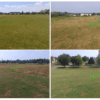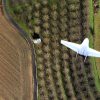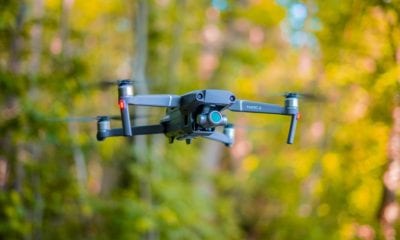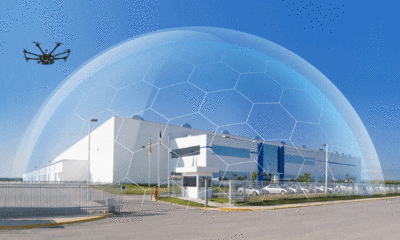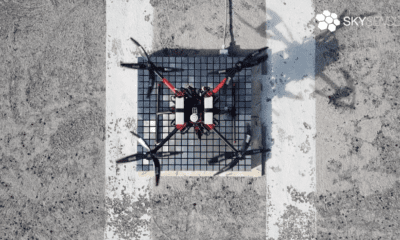AI
Boeing Announces Australian-Designed AI-Enhanced Unmanned Aircraft
Boeing has announced its artificial intelligence equipped jet drone that will act as a “loyal wingman” for manned jet fighters. Reports from CNN quoted the Boeing statement stating that the drone’s software will enable it to fly independently or in support of manned aircraft while maintaining safe distance between other aircraft, on what Boeing calls the “Airpower Teaming System.”

The unmanned system is roughly the size of a traditional jet fighter and was quietly developed in Brisbane by aerospace giant Boeing, in collaboration with the RAAF and the Defence Department.

The company unveiled a model of the drone, dubbed the “Loyal Wingman — Advanced Development Program,” at the Australia International Air show in Melbourne on Wednesday, with an introduction from Australian Minister of Defence Christopher Pyne.
The Australian Government will partner with @Boeing to advance an initial concept for an Australian-designed and developed unmanned aircraft system ➡️ https://t.co/kSaMXvwKfv #auspol #ausdef pic.twitter.com/3GQEuv7p8e
— Christopher Pyne (@cpyne) February 27, 2019
Key points:
- The drone is a first combat aircraft designed and developed in Australia in more than 50 years
- It is believed to be Boeing’s largest investment in drones outside the US
- Once fully developed, the drone could eventually be exported to other nations.
Boeing revealed that the 38-foot-long, single-engine drone with a range of more than 2,000 miles (3,200 kilometres) will be capable of engaging in electronic warfare as well as intelligence, reconnaissance and surveillance missions where it is considered risky to send manned aircraft and will be able to swap quickly between those roles.
Claiming that it’s Airpower Teaming System will be able to fly independently with artificial intelligence Kristin Robertson, vice president and general manager of Boeing Autonomous Systems, said, “Our newest addition to Boeing’s portfolio will truly be a force multiplier as it protects and projects air power.”

Air Marshal Leo Davies, chief of the RAAF, hinted at how a drone with artificial intelligence would interact with human pilots saying, “We can program it to learn, but it learns linearly, it is not emotional and it is in many respects, in an air combat sense, quite inflexible.”
Davies added, “When we look at a pilot’s ability to assess the situation, that brings with it an amount of emotion and creativity that allows them to be agile. We need the flexibility and agility of the human meshed with the speed of a machine. When we put those together, we’ve got a quite amazing outcome.”
Boeing said it would build the concept aircraft in Australia, with an eye to exporting to allied countries once production becomes possible. Reading the company’s statement Marc Allen, the president of Boeing International said, “The Boeing Airpower Teaming System provides a transformational capability in terms of defence, and our customers — led by Australia — effectively become partners on the program with the ability to grow their own sovereign capabilities to support it, including a high-tech workforce.”
Building the drones in Australia and selling them abroad would be in line with Canberra’s Defence Export Strategy; a 10-year-plan introduced a year ago and aimed at making Australia one of the world’s top 10 defence suppliers while building a manufacturing base at home. The high-tech drones would be the latest in a line of modern acquisitions for Australia’s air force. The first flight of the drone is planned for 2020, Boeing said.









